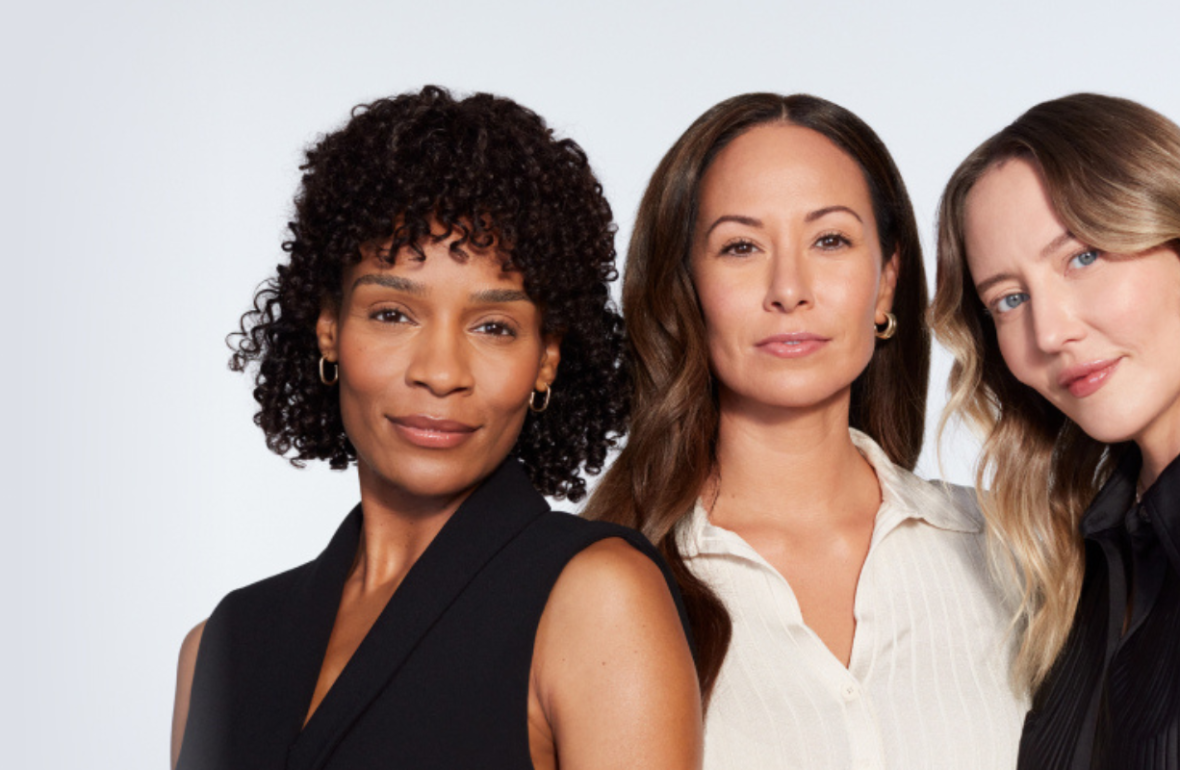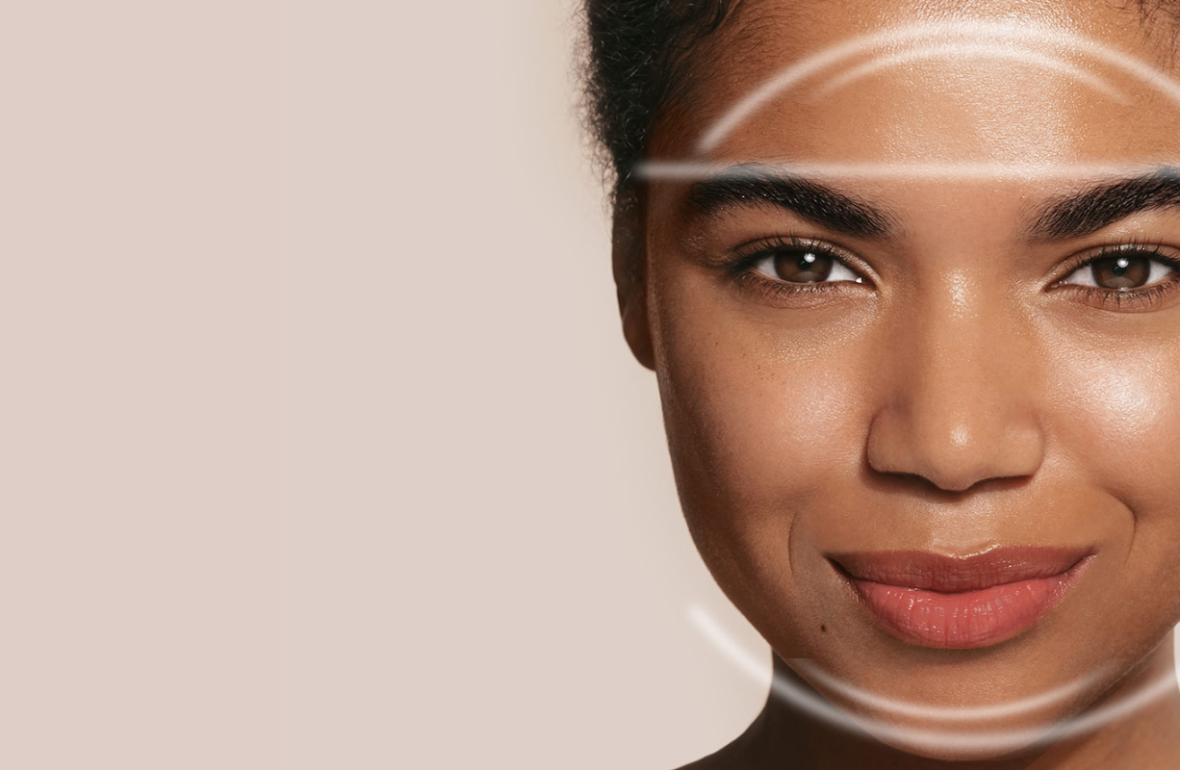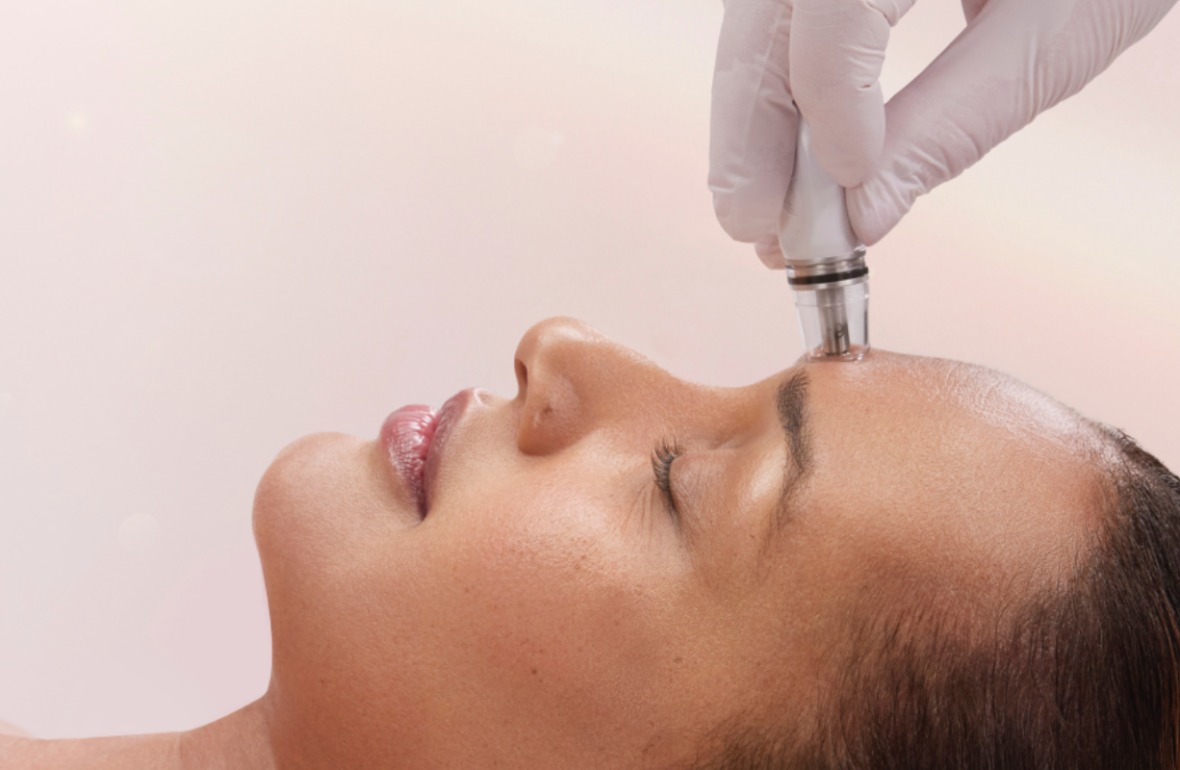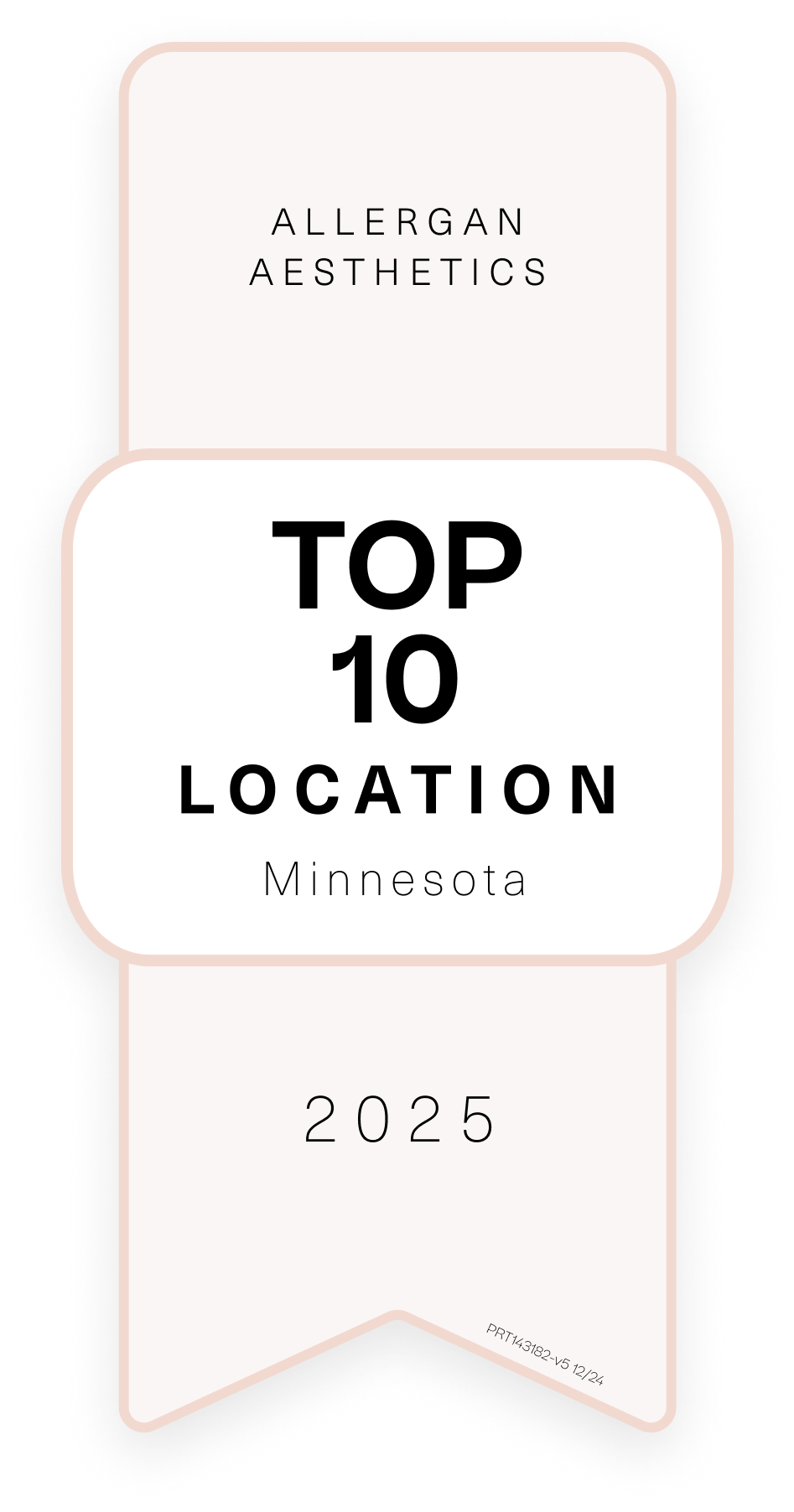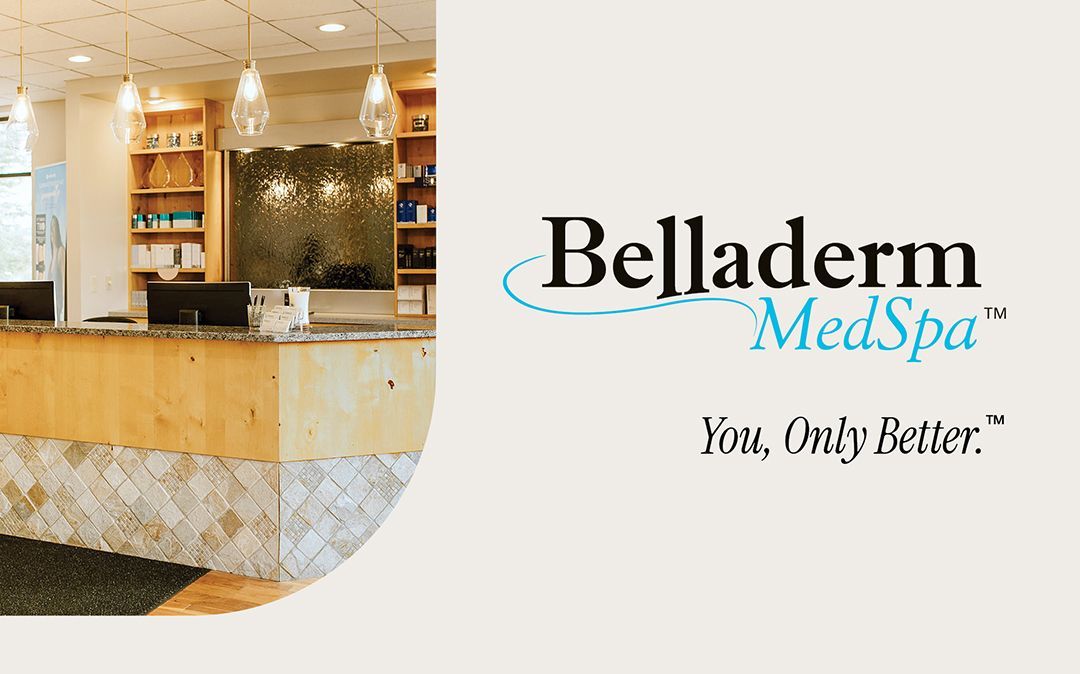Belladerm Blog
FDA Announces New Sunscreen Regulations
This is good news for skin everywhere! You will now be better informed as a consumer when it comes to sunscreen and these guidelines will help eliminate the false claims about skin protection that can be confusing. This will help you make wise choices about your sunscreen, but it can still be overwhelming with shelves full of products. We at Belladerm are happy to help you better protect your skin by recommending the best sunscreen for your skin type. We have a great selection here and look forward to seeing you. We highly recommend Obagi Sunshield SPF 50, SkinMedica Environmental Defense SPF30 and SPF50 and Revision Intellishade SPF45. To learn more about our products, click here. We invite you to read the article below to get more information about how these new guidelines will translate to sunscreen products on the shelves and PLEASE click this link to watch a very powerful message about the importance of wearing sunscreen. We promise, you’ll be glad you did. Leave a comment telling us what you thought of it!
The FDA released new sunscreen regulations on June 14, 2011, that it says will help give consumers more information to help reduce the risk of skin cancer and early aging.
The final regulation allows sunscreen products that pass the FDA’s test for protection against both ultraviolet A (UVA) and ultraviolet B (UVB) rays to be labeled as “Broad Spectrum.”
“FDA has evaluated the data and developed testing and labeling requirements for sunscreen products, so that manufacturers can modernize their product information and consumers can be well-informed on which products offer the greatest benefit,” said Janet Woodcock, MD, Director of the FDA’s Center for Drug Evaluation and Research, in a press release. “These changes to sunscreen labels are an important part of helping consumers have the information they need so they can choose the right sun protection for themselves and their families.”
Under the new regulations, products that have SPF values between 2 and 14 may be labeled as Broad Spectrum if they pass the required test, but only products that are labeled both as Broad Spectrum with SPF values of 15 or higher may state that they reduce the risk of skin cancer and early skin aging, when used as directed.
Any product that is not Broad Spectrum, or that is Broad Spectrum but has an SPF between 2 to 14, will be required to have a warning stating that the product has not been shown to help prevent skin cancer or early skin aging.
In addition to the final rule for sunscreen labeling, the FDA released three additional regulatory documents — a Proposed Rule, an Advance Notice of Proposed Rulemaking (ANPR) for Dosage Forms, and a Draft Enforcement Guidance for Industry.
The proposed rule would limit the maximum SPF value on sunscreen labels to “50 +”, because there is not sufficient data to show that products with SPF values higher than 50 provide greater protection for users than products with SPF values of 50. The proposal creates the opportunity for the submission of data to support including higher SPF values in the final rule.
The ANPR will allow the public a period of time to submit requested data addressing the effectiveness and the safety of sunscreen sprays and to comment on possible directions and warnings for sprays that the FDA may pursue in the future, among other issues regarding dosage forms for sunscreens.
The Draft Enforcement Guidance for Industry outlines information to help sunscreen product manufacturers understand how to label and test their products in light of the new final rule and other regulatory initiatives.
To ensure that sunscreen products meet modern safety standards, FDA is reexamining the safety information available for active ingredients included in sunscreens marketed today. The ingredients in sunscreens marketed today have been used for many years and FDA does not have any reason to believe these products are not safe for consumer use.
The new regulations will become effective for most manufacturers in one year. Manufacturers with annual sales less than $25,000 have two years to comply.
Final regulations that become effective next year define the characteristics of over-the-counter sunscreens with broad-spectrum protection and sun protection factor (SPF) values of 15 or higher. These products shield users against two types of ultraviolet (UV) radiation from the sun: ultraviolet B (UVB), which is primarily responsible for causing sunburn; and ultraviolet A (UVA), which contributes to sunburn, skin cancer, and premature skin aging.
And among the proposed regulations is one that would require sunscreen products that have SPF values higher than 50 to be labeled as “SPF 50+.” FDA does not have adequate data demonstrating that products with SPF values higher than 50 provide additional protection compared to products with SPF values of 50.
New Guidelines Welcomed by AAD
The American Academy of Dermatology Association (AAD) said that the FDA’s new sunscreen regulations will help Americans reduce their risk for skin cancer by guiding them to the most effective sunscreens and advising them about other sun-protection measures.
“For the first time, the FDA has clearly defined the testing required to make a broad-spectrum protection claim in a sunscreen and indicate which type of sunscreen can reduce skin cancer risk,” said Ronald L. Moy, MD, FAAD, President of the AAD.
The amount of protection a sunscreen provides against UVB rays is indicated through its SPF (Sun Protection Factor) number, but until now, the FDA has not required a consistent standard for measuring a sunscreen’s UVA protection.
“The FDA’s sunscreen regulations will take the guesswork out of choosing an effective sunscreen,” said Dr. Moy. “The regulations require more descriptive label information that will help consumers make informed decisions about buying and using sunscreen products, and taking other steps to protect their skin.”
The AAD submitted extensive, evidence-based recommendations to the proposed FDA sunscreen regulations in 2007. The AAD was among nearly 2,900 individuals and organizations that provided comments.
“The FDA clearly gave careful consideration to the comments and weighed the scientific evidence to prepare these regulations,” said Henry W. Lim, MD, FAAD, Chair of the Academy’s Council on Science and Research. “The FDA has now established testing guidelines that will ensure consumers who choose a broad-spectrum protection sunscreen with SPF 15 or higher will receive excellent protection from UVA and UVB rays.”
You, Only Better™
Belladerm MedSpaTM is Maple Grove’s state-of-the art medical spa, offering today’s most advanced and effective procedures to the Twin Cities area.
Subscribe via Email
Check Out our Other Posts
